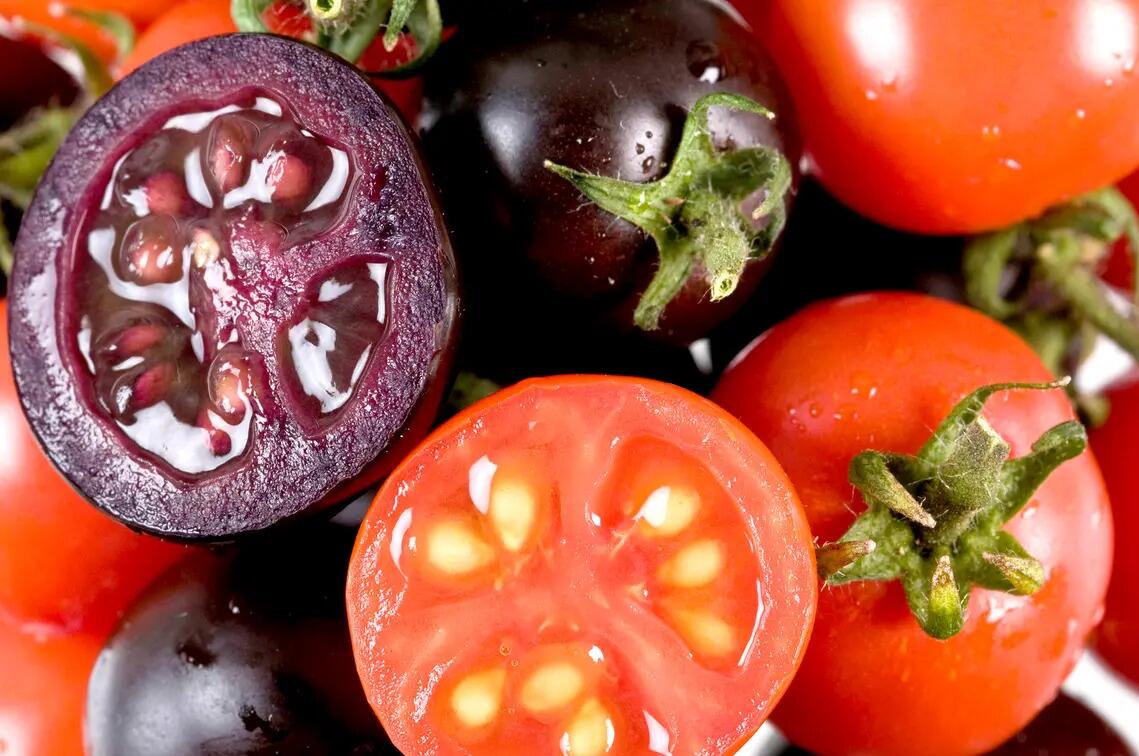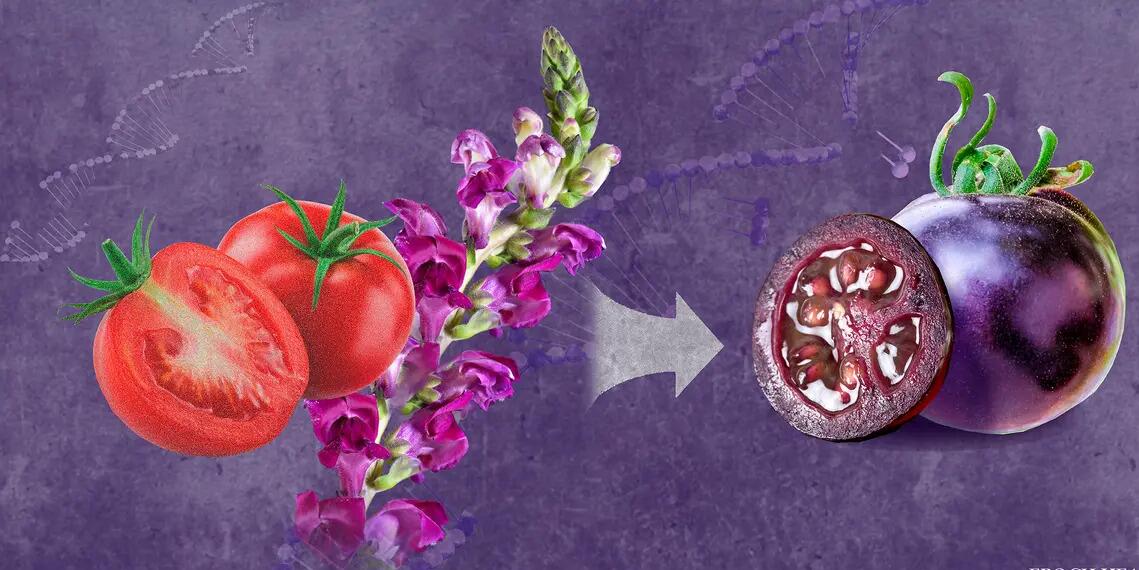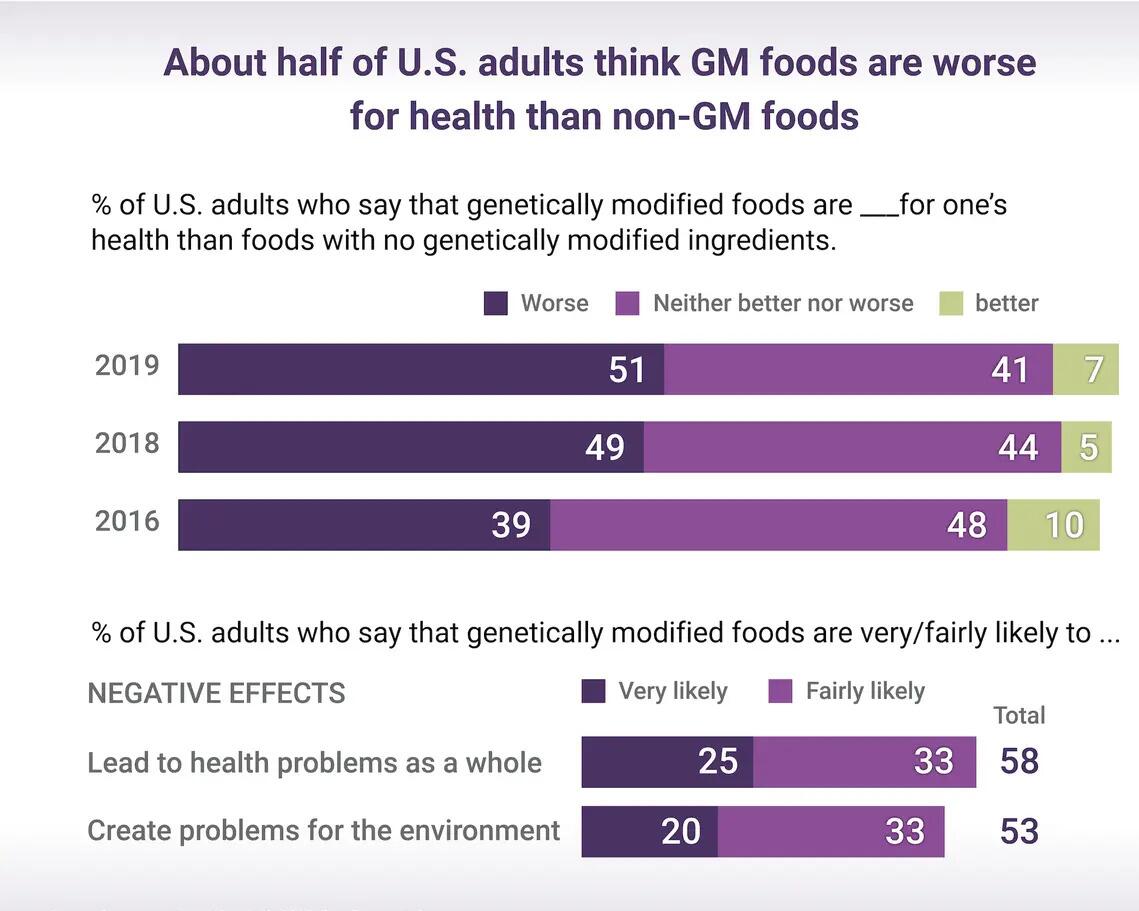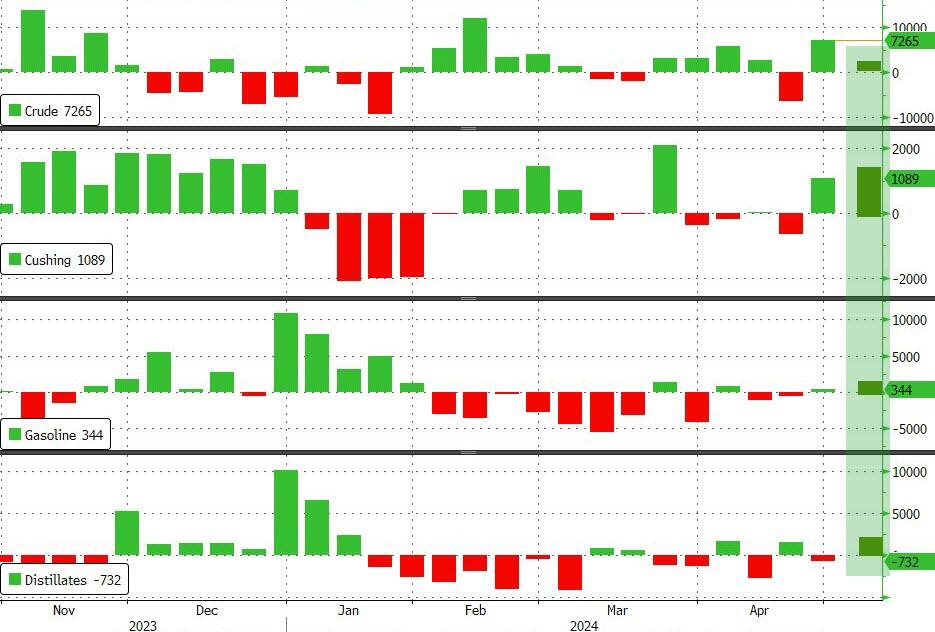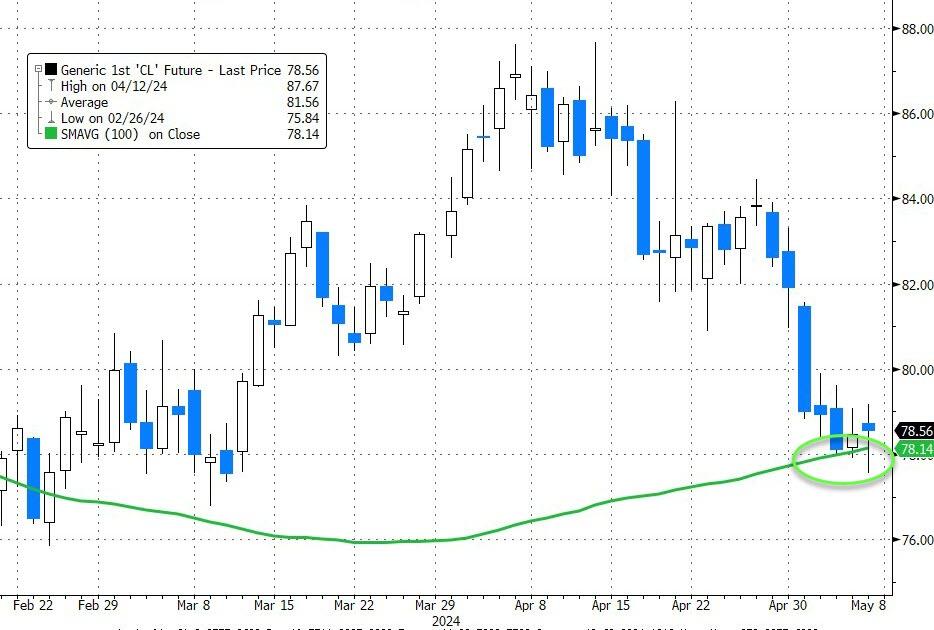In a new study, Oregon Health & Science University researchers report that combined cannabis and nicotine use during pregnancy is associated with significantly higher risk of poor health outcomes for newborns compared with use of either substance alone.
The study, published in JAMA Network Open, found infants born to mothers who used both substances throughout pregnancy were at greater risk of being small for gestational size, undergoing preterm delivery, or even death.
With approximately half of individuals who use cannabis in pregnancy also using tobacco or nicotine products, the findings suggest the need for more effective clinical counseling early on, during the preconception and prenatal periods, said the study's corresponding author, Jamie Lo, M.D., M.C.R., associate professor of obstetrics and gynecology (maternal-fetal medicine) in the OHSU School of Medicine and Division of Reproductive and Developmental Sciences at OHSU's Oregon National Primate Research Center.
"With the growing legalization of cannabis around the country, there is often a perception that cannabis is safe in pregnancy," Lo said. "Because we know that many people who use cannabis often use tobacco or nicotine products, we wanted to better understand the potential health implications on both the pregnant individual and the infant.
"There is still a great deal of stigma around the use of substances during pregnancy," she continued. "With limited research to support official clinical recommendations, it can be a difficult topic for both patients and providers to navigate. Our hope is that this research supports more open and productive conversations that ultimately result in a healthier pregnancy."
Four times the risk of infant death
Researchers evaluated hospital discharge data and vital statistics from more than 3 million pregnant patients with documented cannabis and nicotine use. Compared with people who didn't use any substances, those using cannabis or nicotine alone had increased rates of infant and newborn death, small gestational size and preterm delivery—but the risk was even higher when both cannabis and nicotine were used together.
Most notable was the rate of infant death, which was four times higher in users of both cannabis and nicotine compared with non-users. The rate was nearly two times higher compared with users of just cannabis or nicotine alone.
The research team says these findings can help guide health care professionals with preconception and prenatal counseling, especially regarding the benefits of quitting at least one of the two substances. They also support expanded efforts to educate pregnant people about the risks of cannabis and nicotine.
"We hope that pregnant individuals can abstain from using both cannabis and nicotine products. However, we acknowledge the complexities of individual circumstances may make this goal challenging, and for some patients is simply not realistic," said Adam Crosland, M.D., M.P.H., assistant professor of obstetrics and gynecology in the OHSU School of Medicine and lead author of the study.
"We always strive to meet people where they are and support patients with evidence-based recommendations and treatment options that are both patient-centered and promote the healthiest outcomes possible.
"Our findings suggest that avoiding use of just one of these substances can decrease the pregnancy risks we see when both substances are used together, which is a critical piece of information providers can highlight when counseling patients."
The multidisciplinary research team also included Eliot Spindel, M.D., Ph.D., and Cindy McEvoy, M.D., M.C.R., who are investigating how to mitigate the negative respiratory outcomes among children born to parents who smoke during pregnancy. McEvoy's team found that vitamin C supplementation to pregnant women unable to quit smoking cigarettes significantly improves airway function and respiratory health in their offspring; moreover, these improved outcomes persist through age 5 and these children are in continued follow-up through adolescence.
Looking ahead, researchers will continue to investigate the effects of combined cannabis and nicotine use—including the influence of potency, frequency and timing—in order to better educate pregnant patients about the harms of use. Additionally, the team will continue to explore the viability of prenatal interventions, such as vitamin C supplementation, and other treatment options for individuals who are unable to quit smoking during their pregnancy.
More information: B. Adam Crosland et al, Risk of Adverse Neonatal Outcomes After Combined Prenatal Cannabis and Nicotine Exposure, JAMA Network Open (2024). DOI: 10.1001/jamanetworkopen.2024.10151
https://medicalxpress.com/news/2024-05-cannabis-nicotine-pregnancy-infant-death.html
